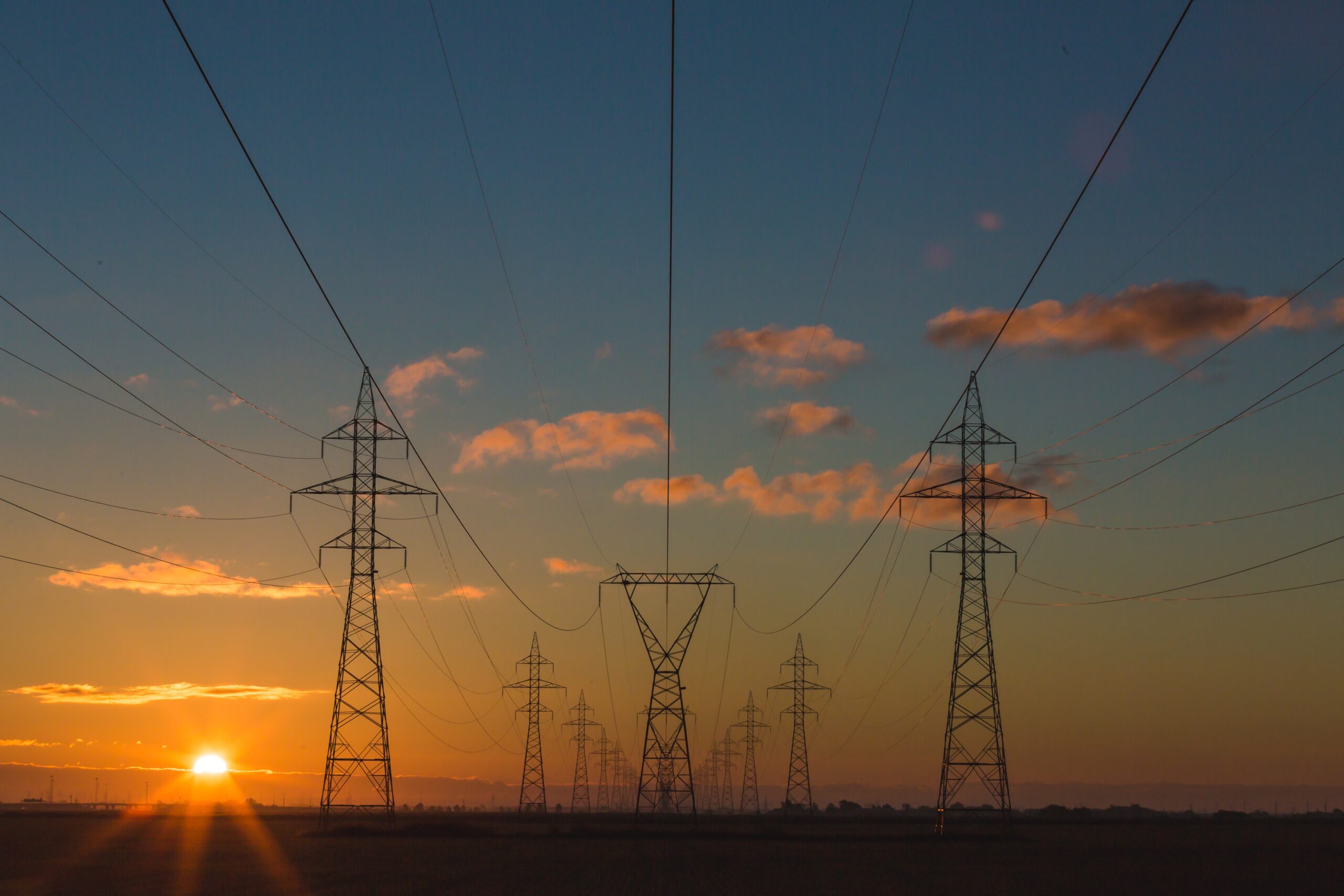Laurie Husted, Chief Sustainability Officer, Bard College
Federal Regulation and Hydropower
Top down or bottom up – would the federal government take lead on approving a project at Bard or would it be left to the local and state entities to decide? When Bard College started considering installing small hydroelectric systems on the creek that divides our campus, there were many unanswered questions, from whether it was technically viable, economically feasible, ecologically appropriate and possible legally.
 From a regulatory perspective, we wondered whether we would we be subject to the Federal licensing process; one that ran through the Federal Energy Regulatory Commission (FERC), or were the proposed systems so small that the federal government would not play a part. Would more regulatory authority fall to the local municipality, in our case the Town of Red Hook and New York State?
From a regulatory perspective, we wondered whether we would we be subject to the Federal licensing process; one that ran through the Federal Energy Regulatory Commission (FERC), or were the proposed systems so small that the federal government would not play a part. Would more regulatory authority fall to the local municipality, in our case the Town of Red Hook and New York State?
Hydropower projects are typically licensed by FERC, but given the large number of regulated dams listed with the NYS Dam Safety Office, would the feds be able to manage so many projects should the dam owners seek to do hydropower? We put in a Letter of Intent to FERC on February 26, 2017 to see what they had to say. Read the Letter of Intent to FERC for the Annandale Micro Hydropower Project.
Bard’s FERC Proposal
Our FERC proposal was for a run-of-river project, the “Annandale Project” that would consist of: (1) the existing 8-foot-high Annandale Dam; (2) a 5.5-foot-high overflow spillway; (3) two* Gravitation Water Vortex (GV) Power Plants having a total installed capacity of 12 kilowatts rated at 9 feet of net head; (4) a transmission line connecting the generating units with Central Hudson Gas & Electric Corporation’s electric distribution system; and (5) appurtenant facilities. *the current design calls for 3 GVs
FERC would decide if our non-federal hydroelectric project needed to be licensed, something that would be true if any of these following four bullets applied:
- is located on a navigable water of the United States (we weren’t sure and would ask the Army Corps of Engineers, ACOE);
- occupies lands or reservations of the United States (it does not);
- utilizes surplus water or waterpower from a government dam (it does not); or
- is located on a stream over which Congress has Commerce Clause jurisdiction, is constructed or modified on or after August 26, 1935, and affects the interests of interstate or foreign commerce (since the number of electrons we could put onto the local utility’s grid (Central Hudson) would never leave Bard’s campus, we wondered if this would not apply).
Next Steps
On June 5, 2017 we received a response from FERC that answered our questions: they did have jurisdiction over our project because the project would affect interstate commerce through its connection to the interstate grid (read the FERC Order Ruling). They said we could consider applying for a small hydroelectric power project exemption of 10 megawatts (MW) or less.
We are doing more homework; mostly gathering information on how to apply for that exemption while continuing the ecological, technical and Dam Safety reviews alongside stakeholder engagement. If we decide to move forward with a project at Annandale, the rest of the process could be completed in as quickly as 9 months or could take several years.
For more information, follow efforts through the FERC exemption application and consultation process for the Annandale Microhydro Project.


5 Responses
[…] the first steps of the hydropower permitting process look like. As you know from previous posts, we filed a letter of intent with FERC, the Federal Energy Regulatory Commission, and FERC found the Annandale Project to required to be […]
[…] the team at Bard was waiting to hear back from FERC regarding our federal application, we decided to discuss the project locally. This meant reaching out to local and state agencies to […]
[…] the first steps of the hydropower permitting process look like. As you know from previous posts, we filed a letter of intent with FERC, the Federal Energy Regulatory Commission, and FERC found the Annandale Project to required to be […]
[…] a regulatory perspective, we now know that our Annandale project falls under jurisdiction of the Federal Energy Regulatory Commission […]
[…] For the Annandale Project, we’ve document our permitting efforts in a series of blog posts, starting here. […]